Tsinghua University
Located in the northwestern suburbs of Beijing, Tsinghua University was established in 1911 on the site of “Qing Hua Yuan (Tsinghua Garden)” — a former royal garden of the Qing Dynasty. It functioned at first as a preparatory school called “Tsinghua Xuetang (Tsing Hua Imperial College)” for those students who were sent by the government to study in the United States. On April 29, 1911, Tsinghua Xuetang began its first term of study, and from that year on, the Tsinghua’s anniversary has fallen on the last Sunday of April. The name was changed to “Tsinghua Xuexiao (Tsing Hua College)” after the 1911 Revolution.
In 1925, Tsinghua launched its four-year undergraduate programme. In 1928, its name was changed to “Guoli Tsinghua Daxue (National Tsinghua University)”, and in the autumn of 1929 its graduate school was set up. In 1937, Tsinghua University, Peking University and Nankai University merged to form the National Southwest Associated University in Kunming. After the war, Tsinghua University moved back to its original Beijing campus. Three years after the founding of the People’s Republic of China, a nationwide restructuring of institutes of higher education began, and in 1952, Tsinghua University became a multidisciplinary polytechnic university specializing in training engineers.
Since 1978, Tsinghua University has strengthened its teaching in sciences, economic management, humanities and law. In 1999, Tsinghua opened the School of Arts and Design by merging with the Central Academy of Arts and Design. In 2012, the Graduate School of the People's Bank of China (PBC) merged into Tsinghua University as Tsinghua University PBC School of Finance. Today, Tsinghua has become a world-leading comprehensive university that offers subject areas in engineering, science, economics, management, art, medicine, philosophy, law, literature, history and education. Students are provided diversified development paths to advance their critical thinking and entrepreneurship through research-based learning.
Over the past over 100 years, Tsinghua University has witnessed and shared the hardships and glories of the nation. The University’s motto of “Self-discipline and Social Commitment” has inspired many generations of Tsinghua teachers and students to struggle for the prosperity of China.
Transformer Research Team
The transformer research group in THU includes 2 professors, 2 associate professors, 1 senior engineer, 1 lecturer. They are Professor Yuanxiang Zhou, Professor Xidong Liang, Associate Professor Yingyan Liu, Associate Professor Ying Yang, Senior Engineer Yuanbiao Yang and Lecture Ling Zhang. Besides, more than 15 PhD students (Zhongliu Zhou, Xin Huang, Jianning Chen, et al.) and more than 20 postgraduate students are exploring and enjoying the research in this team .
The transformer research in THU contributed a lot to China's UHV development with her cooperator such as China State Grid, Southern Power Grid and so on. In 2017, the first prize of national science and technology progress is awarded to the team. The team has shared more than 100 journal and conference publications in area of transformer research with contribution to several IEC, CIGRE and Chinese national standard working groups.
The team welcomes various types of communication and visit from dear friends all over the world.
Transformer Research Scope

Partial Discharge Analysis
- Partial Discharge under Various Types of Voltage
- Dissolved Gas Analysis
- Physical and Chemical Analysis
- Test of field-assembled transformers

Space Charge Analysis
- Space Charge Measuring Method
- Space Charge Dynamics at Interface
- Space Charge Characteristics under Different Voltages
- Charge Transport in Oil-impregnated Paper
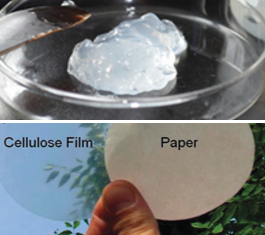
Improved paper-making technology
- Improved paper-making technology
- Effect of type of cellulose fibers
- Enhancing insulating performances of paper by nano-fibrillated cellulose
- Assessment of improved paper
Transformer Research Facilities
Transformer research facilities at THU include the high voltage laboratory, partial discharge laboratory, space charge laboratory and improved paper-making laboratory.
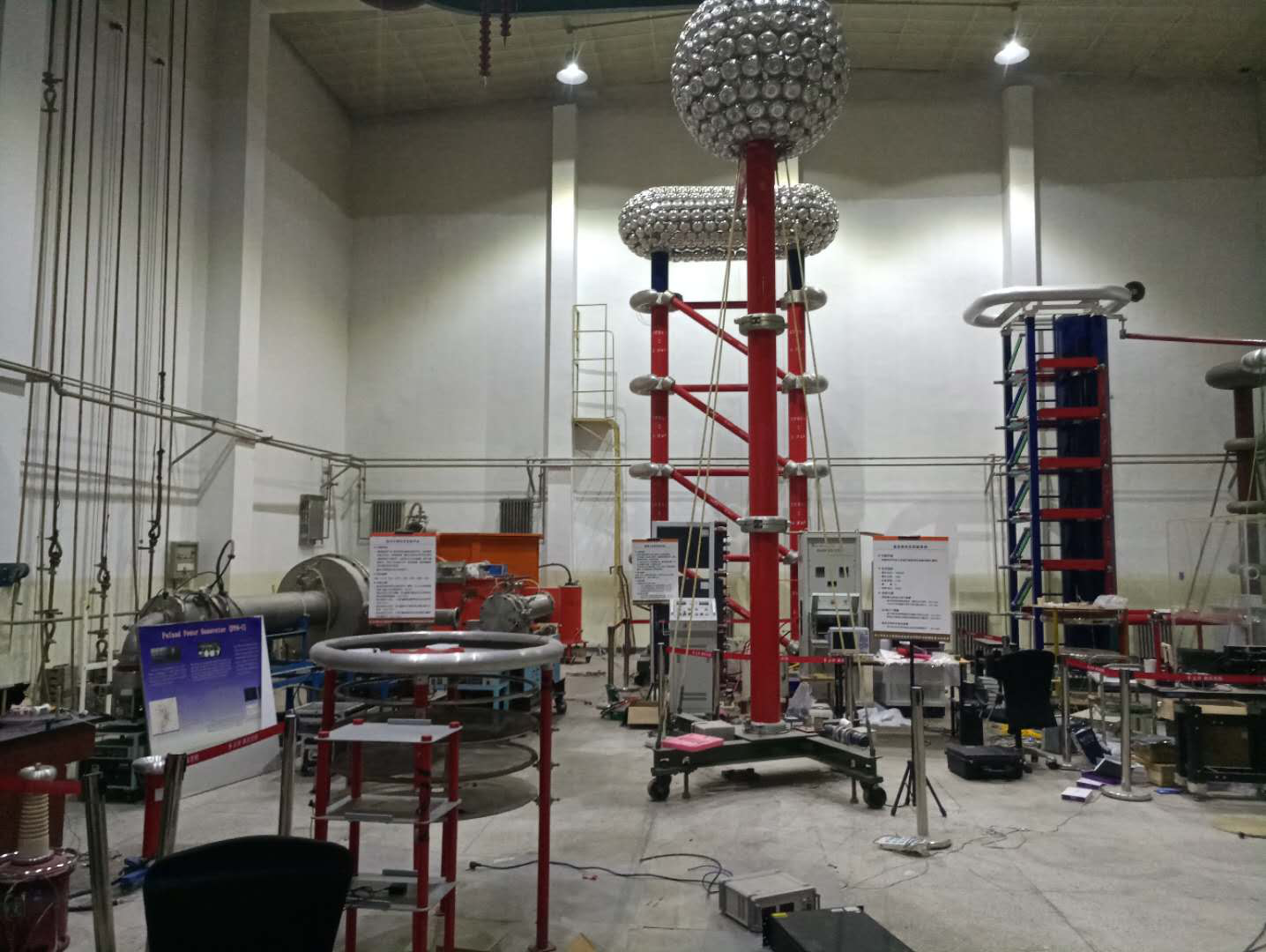
High voltage laboratory
- 1500 kV AC test set
- 1400 kV DC test set
- 7200 kV impulse generator
- High frequency power source(50 kHz-100 kHz)
- High-speed imaging systems
- Broadband dielectric spectrometer
- High resistance meter
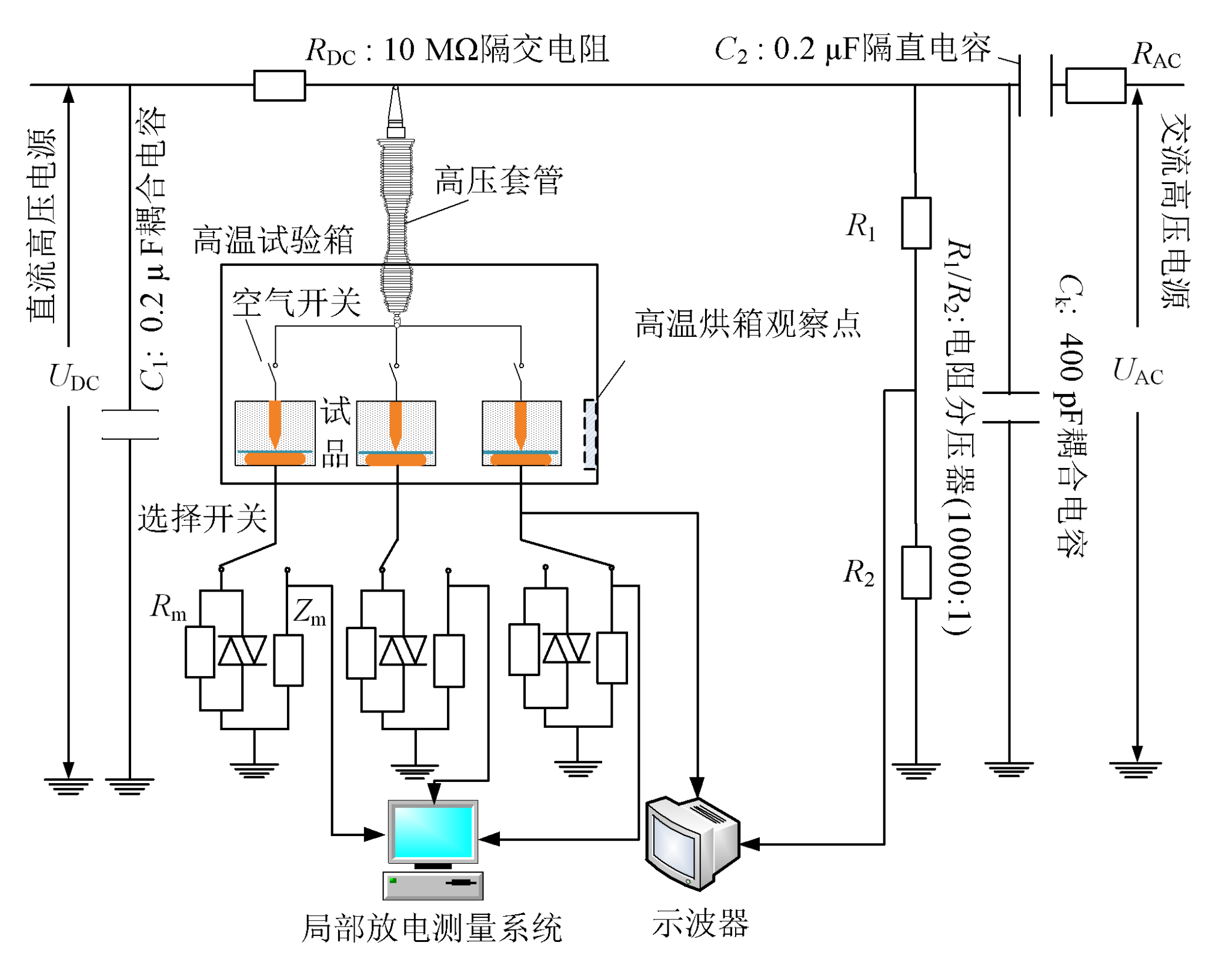
Partial discharge laboratory
- Partial discharge measurement and analysis system
- 200 kV AC test set without unexpected partial discharge
- 100 kV DC test set without unexpected partial discharge
- High voltage amplifier
- Variable temperature test chamber
- Karl fisher titrator for moisture measurement
- Potentiometric titrator for acidity measurement
- Gas chromatograph
- Vacuum oil-filter
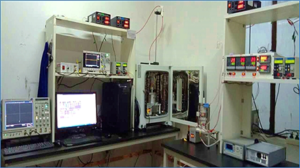
Space charge laboratory
- PEA space charge measurement system
- 100 kV DC source
- 50 kV programmable AC power
- Function signal generator
- High voltage pulse generator

Improved paper-making laboratory
- Improved laboratory platform for paper-making
- Valley beater
- Hot press
- Fibre analyzer
- Stereo microscop
Transformer Research Sponsors
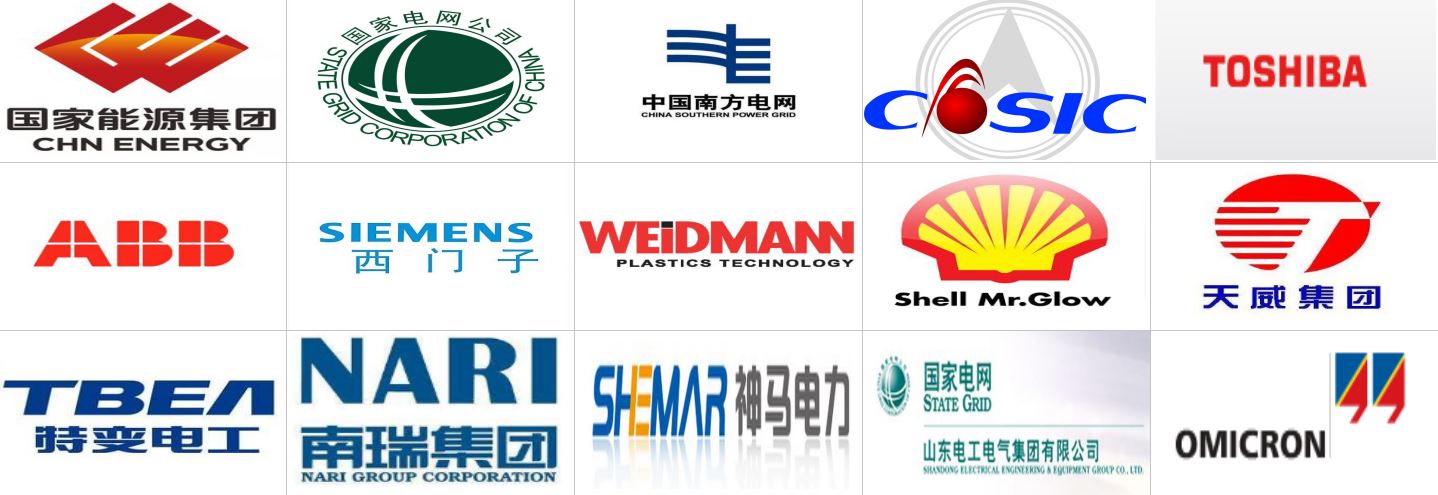
The Workshop of ICPADM 2018
The Workshop of ICPADM 2018 “Space Charge and Degradation Research of Dielectric Materials in HV Power Cable”, chaired by Prof. Yuanxiang Zhou, was held in May 24, 2018, at Xi’an China. It was sponsored by Tsinghua University and Xinjiang University. There are three invited presentations given by Prof. Yasuhiro Tanaka, Prof. Stanislaw M. Gubanski and Dr. Paolo Seri respectively. All the topics were fully discussed. The workshop provided a platform for 44 attendees from 5 countries including academics, researchers, and industry experts to share the cable insulation research, especially about the space charge and degradation problem.

To obtain more information, please visit the website as follows.
http://insulation.eea.tsinghua.edu.cn/